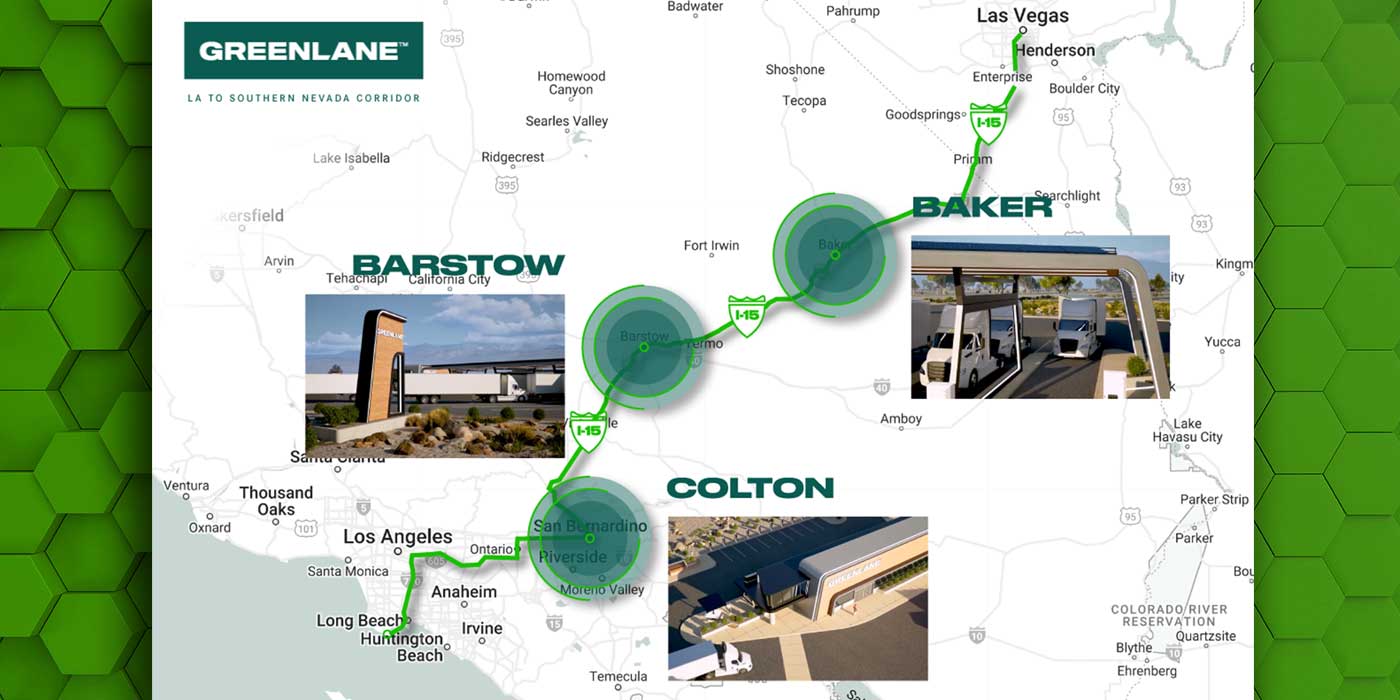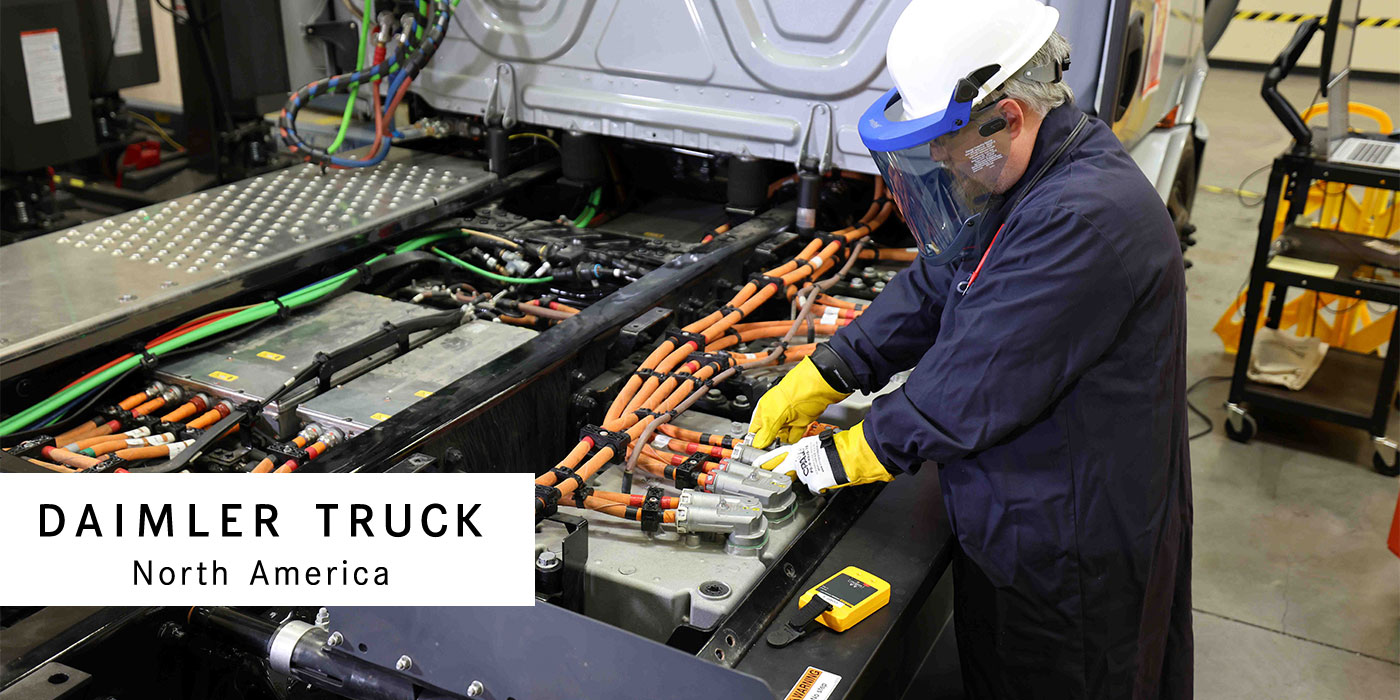In February 2017, I checked in with a few telematics and remote diagnostic providers to get a handle on predictive maintenance and asked the question: Is predictive modeling able to reliably impact fleet maintenance costs? The answer was, “not quite.” Cut to September when Navistar announced its OnCommand Connection Live Action Plans, a feature that is expected to predict when a part is going to fail before it actually does. Additionally, a partnership between PeopleNet and Noregon also touted predictive maintenance capabilities. The predictive maintenance buzz is clearly growing. I caught up with Mark Reiter, Navistar’s vice president of global product support, to pose the question: What’s changed?
“A couple of things,” Reiter answered. “First, our Live Action Plans are focused on a specific group of components that we have enough data on, which makes us comfortable making a predictive maintenance recommendation. Another aspect of our OnCommand Connection that has let Navistar get ahead of the trend is that our solution is open architecture. We get information, not just from International vehicles, but also from components on all makes and models. We’ve used that data to give us a broader data set to look at.”
The rise of historical data to improve your trucks’ operational efficiency became prevalent last year. In Navistar’s case, however, there’s no one data point that enables predictive recommendations; it’s the combination of data charting a truck’s vehicle history, operation parameters, application and hours-in-service and matching it with historical component warranty and quality data to make predictive maintenance recommendations.
Consider how you may already be using remote diagnostics. A fault is triggered and you get an alert that is likely accompanied with a recommended action: service now, service soon, or review at your next PM. You’re already relying on a recommendation from your remote diagnostic service provider, but it’s a reactive recommendation after a fault has been triggered. Predictive maintenance aims to take an unplanned repair event and turn it into planned maintenance.
Navistar’s OnCommand Connection does this through synthetic fault codes—a core feature of its Live Action Plans.
“We have tons of data on when certain components fail,” Reiter said. “Our analytics team then segments the trucks into how they are used by application. We consider the load, percent of idle time, routes based on geography and other application data points that allow us to make better recommendations based on how the component behaves in different applications.”
From there, OnCommand Connection’s probability model leverages Navistar’s warranty data to determine how a range of components in similar applications has performed. From there, the model can predict within a “reasonable range” when more than 400 components are going to fail on certain trucks in specific applications.
What is a reasonable range?
“It’s a vehicle-by-vehicle decision that goes beyond a simple probability range,” Reiter said. “Our analytics team uses regression, decision trees, neural networks and other techniques to turn data into models that forecast the likelihood of potential failure by vehicle, while also assessing the impact to the customer. We then determine the best course of action on a case-by-case basis.”
PeopleNet and Noregon’s aforementioned Fault Intelligence solution continues to evolve. Updates aim to increase coverage, improve functionality, and integrate user-requested features, according to Dave Covington, Noregon’s chief technology officer.
“We believe the industry as a whole has steps to take in order to make predictive maintenance a reality,” he said. “To start, adopting a condition-based maintenance [CBM] is our recommended stepping-stone for fleets to begin implementing the practices and technology necessary to make predictive maintenance possible. CBM helps fleets optimize their maintenance schedules and encourages them to embrace a mindset where they are comfortable making repairs based on recommendations that a particular part or component is likely to fail in the future.”
Covington stressed that fleet acceptance to follow the recommendations of their predictive systems is imperative.
“Due to a variety of constraints, repairs needed today are often postponed,” he said, “so there has to be a change in the mindset when a system tells you to replace or fix a part that has not yet malfunctioned or broken.”
RELATED: Looking for more on predictive maintenance? Watch FE’s video explainer here.
Does predictive maintenance really work?
That’s a question you’ll have to test out for yourself by trying a predictive maintenance solution and then looking back after a period of time (three months, six months, etc.) to determine if you had less unplanned events than before you implemented it.
But consider this: With its OnCommand Connection Live Action Plans, Navistar said that if the component is under warranty and the Live Action Plan makes the recommendation to replace that component, Navistar will pay for that component before it fails. Sure, Navistar would have paid for it anyway if it did fail, but being able to catch it at a PM rather than when your truck is on the side of the road has the potential to save thousands of dollars. Plus, you have to assume that Navistar doesn’t want its warranty costs to go up as a result of this either.
On a recent media call held by Daimler Truck North America, President and Chief Executive Officer Roger Nielsen announced that Daimler is moving toward a predictive analytics offering within its Detroit Connect platform. Daimler is also planning on backing up its predictive analytics maintenance recommendations for components with its warranty. To reiterate, if a component is under warranty, Daimler will cover the costs of the replacement if its predictive analytics recommended that the component needed replaced.
Nielsen understands that customers are skeptical. From where he sits, the process for gaining fleets’ trust starts with the powertrain.
“That’s where we have extended warranties that go out five years or 500,000 miles or more,” Nielsen said, noting that Daimler is still developing its predictive models with the goal of being able to predict a component failure 500 to 1,000 miles before it happens. “When we call up a customer through our Detroit Connect Virtual Technician capabilities and tell them a component is going to fail in the next 1,000 miles, bring your truck in and we’ll repair it under warranty while your driver takes his break—that’s when the trust will be built.
“No one wants to bring a truck in that hasn’t failed yet, but that’s where we have to change the mindset,” he continued. “ Up to now warranty has been fixed as failed. We have to change that warranty attitude to as fixed as predicted to fail.”
If OEMs are confident enough in their predictive modeling to put their warranty money where their technology mouth is, then predictive maintenance is worth a look.













